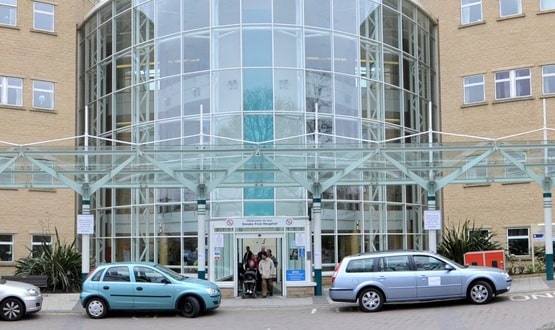New analysis tool helps pinpoint deprivation
- 22 September 2005
Huddersfield’s primary care trusts and global information solutions specialists, Experian, this week claimed a health informatics ‘first’ with the publication of a new type of analysis that helps pinpoint deprivation and its effects on health more closely.
They have analysed health service data from primary and secondary care sources according to deprivation and affluence at postcode level within a PCT area. The results show wealthier people live on average five and a half years longer than poorer people and also reveal that at least 10 per cent of annual deaths could be prevented through readdressing present inequalities in healthcare provision.
The study also found that heart attack victims from poorer neighbourhoods were three times more likely to die than those from more affluent neighbourhoods. The same ratio applied to a range of other serious medical conditions, but was worse for mental illness which was eight times more likely to affect people from deprived as opposed to affluent neighbourhoods.
Huddersfield Central and South Huddersfield PCTs, West Yorkshire, profiled three years of health service usage data (2002-05) which showed that deprived areas had a standardised mortality ratio of 154, compared with 72 in the affluent areas and a Huddersfield average of 101.
Experian and the PCTs say this is the first time that health service data from primary and secondary care sources has been analysed in this way within a PCT area. The research is based on a new, sharper definition of deprivation created by mapping Experian’s postcode-based Mosaic people classification system onto the Index of Multiple Deprivation.
Dr Sohail Bhatti, director of public health for the two Huddersfield PCTs, commented: “The analysis confirmed the existence of a corridor of deprivation along the main roads to Leeds and Bradford. This was known anecdotally but not measured objectively before. Because we’ve identified geography down to street level, the analysis will even enable us to say that someone on one side of the road is likely to live five years longer than someone living on the other side.
“The Mosaic analysis provides us with a sharper definition of deprivation that can be obtained through using the Indices of Multiple Deprivation alone. Its postcode level affluence data is more accurate than standard deprivation measures, which are based on council wards. This is because postcodes cover an average of 15 homes each, while electoral wards encompass around 14,000 people.
Dr Bhatti said: “This is the very tool civil servants have been hunting for in their desire to enable local NHS and councils to measure and ensure they reduce health inequalities by targeting the poor more than the rich.”




